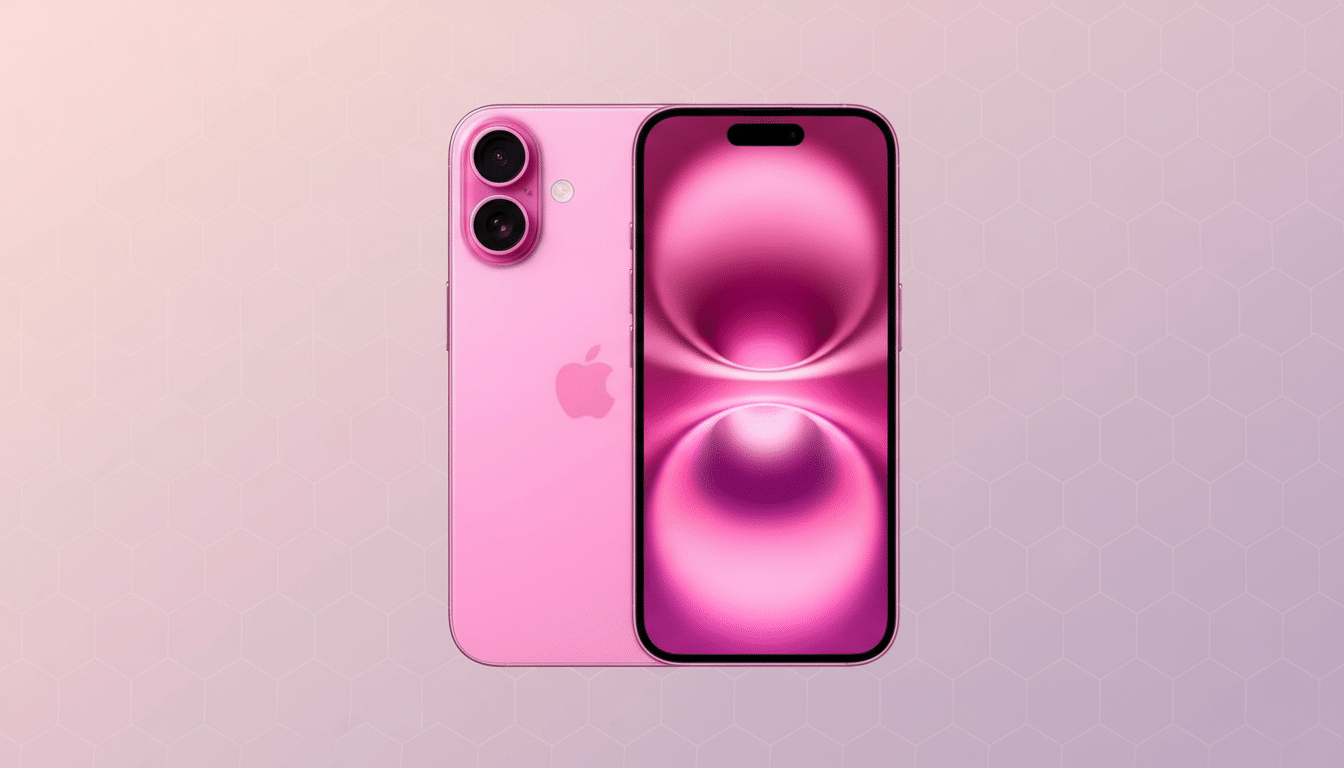Apple is quietly working on a far more ambitious satellite project that could enable the next iPhone to send messages when stranded off-the-grid or make long-distance phone calls without needing the help of terrestrial carriers. If the rumors are true, what’s next is developer access, more potent media options (read: direct Apple Watch streaming sans iPhone), and most importantly, easier indoor use. That’s the sort of progress Android should reflect soon, although carriers and some Android brands continue to push their own space-enabled services.
What Apple Is Building Next for iPhone Satellite Use
And Apple has more satellite features on the way: support for third-party developers to incorporate satellite technology into their apps, photo support in Apple’s Messages app, and Apple Maps features that remain accessible without a cellular or Wi-Fi connection.

That’s according to Bloomberg’s Mark Gurman. One of the most intriguing is “natural usage,” where a phone doesn’t have to be held upright toward the sky to get a beam from a satellite.
While natural use modes are more than just a convenience, they indicate better radio sensitivity, smarter beam acquisition and possibly even denser satellite constellations. That would shift satellite from the panic button to something of an everyday lifeline — transmission from a basement, navigation in a canyon or check-ins when you’re on the move — without going through your phone alignment ritual.
Another feature said to be on Apple’s roadmap is satellite-over-5G support. In practice, such service might involve using satellites as backhaul to strengthen 5G coverage when terrestrial links go down. It’s an operator-level upgrade that users won’t see it themselves, but they will benefit from it when roadside dead zones start to shrink.
Why Android Should Follow Suit on Satellite Upgrades
The sleeper hit is the developer API. Unlocking satellite capability for third-party apps could very well spark a wave of innovation: disaster-response tools that beam in medical records, logistics apps that keep fleets in view even when they’re hidden in black spots, and messaging platforms that sidestep fragmentation issues with clever workarounds. Android feeds on ecosystems; it’s an ecosystem play.
Photo support for satellite messages may sound indulgent, until you consider the utility of compressed imagery — firing off a trail map to someone’s phone after getting lost, or an image of a medical wound to a responder; or quickly drawing out a diagram while troubleshooting something remotely.
Even low-resolution photographs can provide a context that words cannot.
Even more important, natural usage addresses the biggest user-experience friction of today’s satellite phones. If Android OEMs offer to meet the challenge, satellite ceases to be a stunt and starts looking like a safety net that’s switched on out of the box. The GSMA’s connectivity research points out that mobile broadband reaches the overwhelming majority of people in the world, but millions remain left behind by gaps in coverage or following disasters. Satellite is the connector, and it can only work at scale if the UX is low-effort.

Where Android Already Leads in Satellite Connectivity
Carriers teaming up with space players have provided Android a lead on occasion. T-Mobile’s partnership with SpaceX means that people can also send text messages over satellites, on most newer phones, and well beyond its own subscribers — it will offer free satellite 911 texting to those who are not part of the T-Mobile subscriber base. Now the two companies have announced efforts to grow into voice and data, making your average phone a real off-grid device without any special hardware.
On the platform front, Google has been integrating native satellite support into Android, with system UI for satellite sessions and RCS-aware fallbacks. Other reports say the next Pixels may expand app support (such as for a popular messaging feature, or real-time locational tracking) in order to ride over satellite when cell coverage is out of reach. If those develop into a unified Apple-like developer API, Android’s app ecosystem could start to evolve more quickly than any one brand’s feature set.
The Carrier Angle and Technical Barriers
Natural usage is tough to get to. LEOs cross the sky at a fair rate of knots, Doppler shifts are high, and phone antennas are small with low power budgets. And progress here likely depends on smarter beam steering in the constellation, better signal processing on the phone and tighter integration with 3GPP’s non-terrestrial network standards. Photo messaging, meanwhile, requires the platform to do an awkward dance of compression, retries and latency lifting without annihilating battery life.
The network side will need to adapt for satellite-over-5G backhaul as well. Operators will combine satellite links with traffic networks, microwave and fiber, trading off for weather, congestion, and price. Users won’t necessarily care about the plumbing, but they’ll notice that a map loads and a message sends where one never used to go through.
What Consumers Can Expect Next from Phone Satellite Tech
And if Apple provides a developer API and natural usage, we should see a fast cascade of third-party tools that treat satellite as just another pipe.
And that’s the signal for Android OEMs and Google to come together, add capabilities and agree on APIs — then push carriers to support work beyond basic SMS/MMS. Cross-platform parity is critical when safety and dependability are the objective.
The bottom line is simple: The upgrades that Apple has reported in its rumors point to a satellite connectivity feature that acts more like invisible insurance and less like an air bag to pull out only in case of emergency. Android should emulate that vision, and then compete on openness and app innovation. The winner won’t be a brand — it’ll be all of us who need a signal even when there isn’t one.

